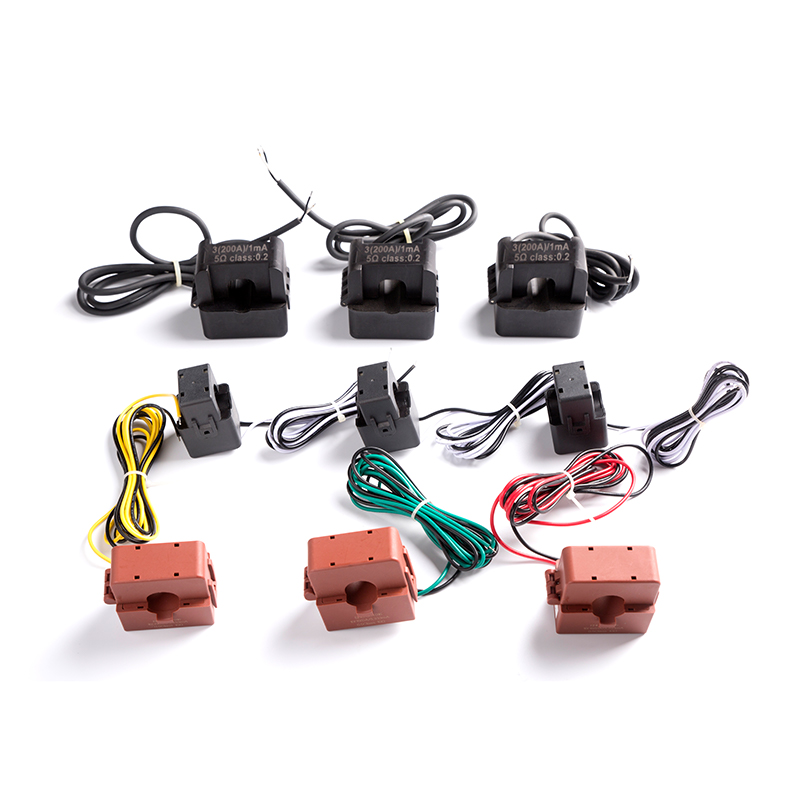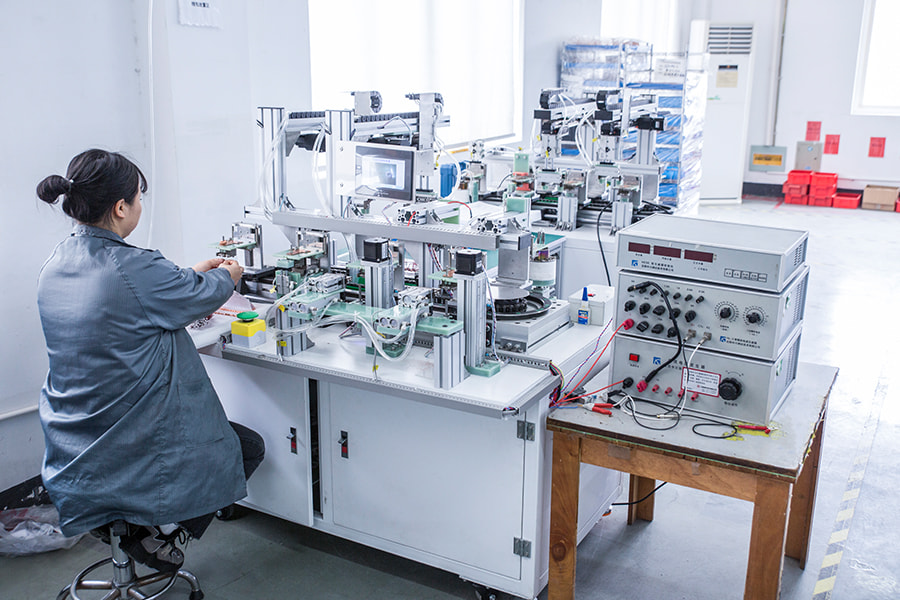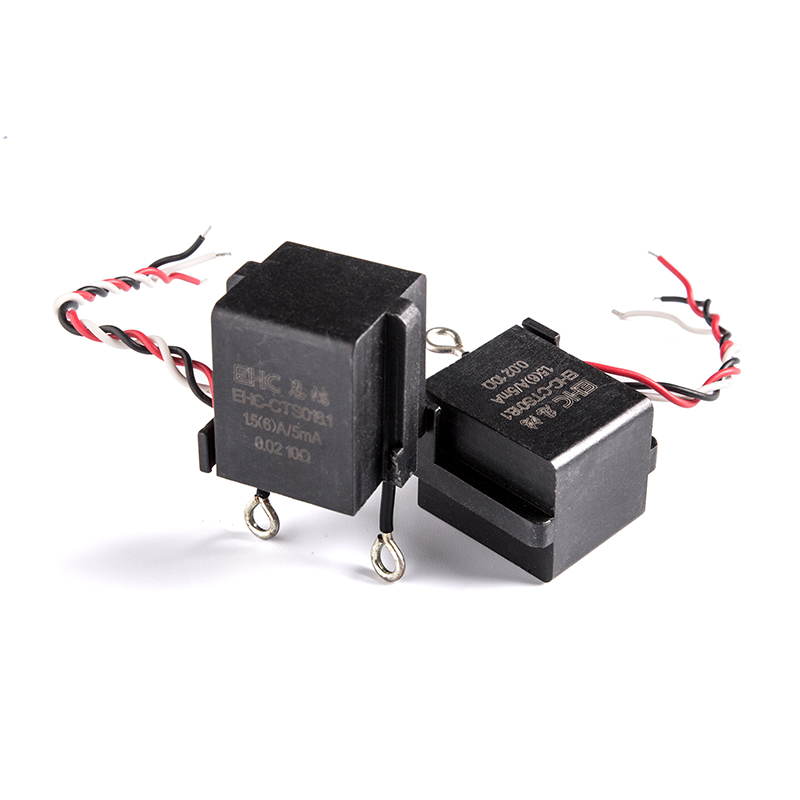Current Transformers are an essential part of any industrial installation and are used for several different applications. They are used to measure electrical usage, to protect electric infrastructure against overloading and short circuits, and for measuring the incoming voltage from high-voltage power transmission lines.
They can be found in many styles, shapes and ratings and are a popular choice for electricians around the world. These include clamp, split core and solid core types for low to medium-voltage applications.
CTs are used to measure the current that passes through a conductor, typically by using the magnetic field created as the current flows through a toroidal core. This current then induces a voltage in the secondary winding.
A CT is made up of a laminated steel core, a secondary winding around the core, and insulating material surrounding the secondary windings. When current passes through a conductor, it generates a magnetic field which is at right angles to the direction of flow. The resulting magnetic field induces a voltage in the CT's secondary winding which can then be measured with an instrument or meter.

The primary winding of a CT is usually made up of a heavy copper bar that passes through a toroidal core. The ring of the toroidal core is then wrapped with turns of copper wire, sometimes with a doughnut fitting over one end. This type of CT is also known as a 'window' CT.
Generally speaking, the rated secondary of a CT is either 5 or 1 amps. This is based on the turns ratio of the secondary winding and the rating of the CT's main load conductor.
Accuracy classes are divided into metering accuracy and protection (relay) accuracy. The metering class of a CT determines the extent to which the current error and phase displacement between the primary and secondary currents is within a pre-determined value. The protection (relay) class of a CT determines the extent of the maximum burden allowed for a given CT.
When the main load current of a CT is higher than the CT's rating, there may be excessive magnetizing flux in the secondary winding that can cause the secondary insulation to break down. This can result in the loss of metering accuracy.
To avoid this problem, a protective relay is placed in the secondary of a CT to reduce the current flowing through the circuit. This will allow the CT to continue to operate as a metering device, but will also prevent any excessively high current from being generated in the primary winding of the CT, causing a breakdown of the secondary insulation and loss of metering accuracy.
As with all transformers, CTs have a maximum amount of energy that can be transformed into another form of energy. This limit is called the CT's "burden."
If a CT's burden exceeds its rated capacity, it will lose accuracy and may even become dangerous to use as it can cause damage to connected instruments. This is why a CT's burden must be measured to ensure it will meet the specifications of its application.

 English
English 中文简体
中文简体 Deutsch
Deutsch 日本語
日本語

 View More >>
View More >> View More >>
View More >> View More >>
View More >> View More >>
View More >> View More >>
View More >> View More >>
View More >> View More >>
View More >> View More >>
View More >>